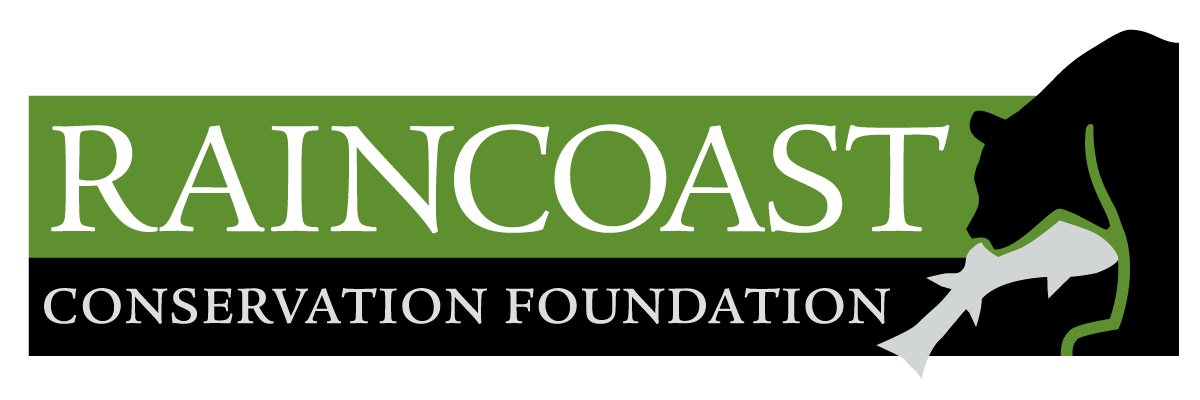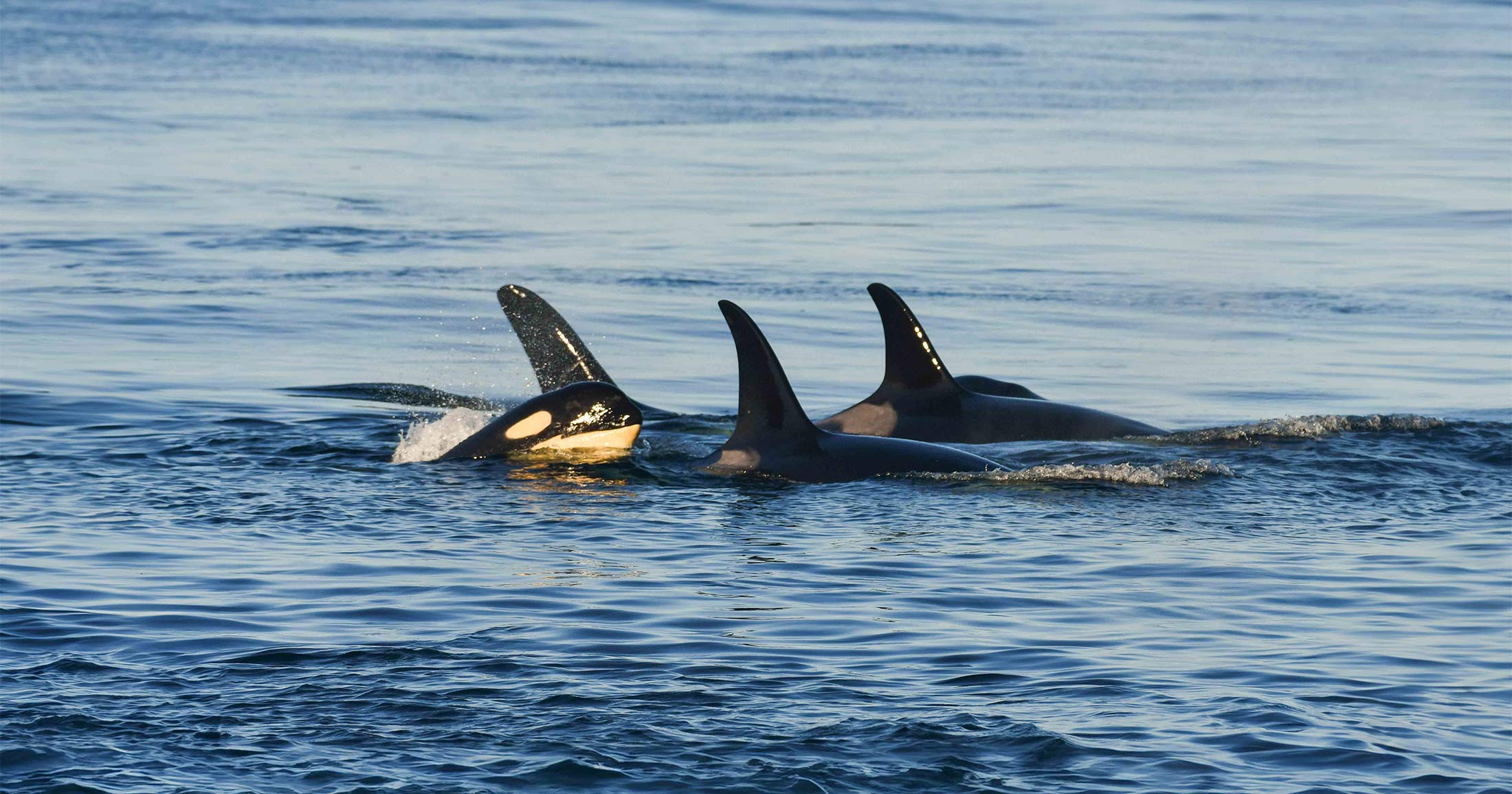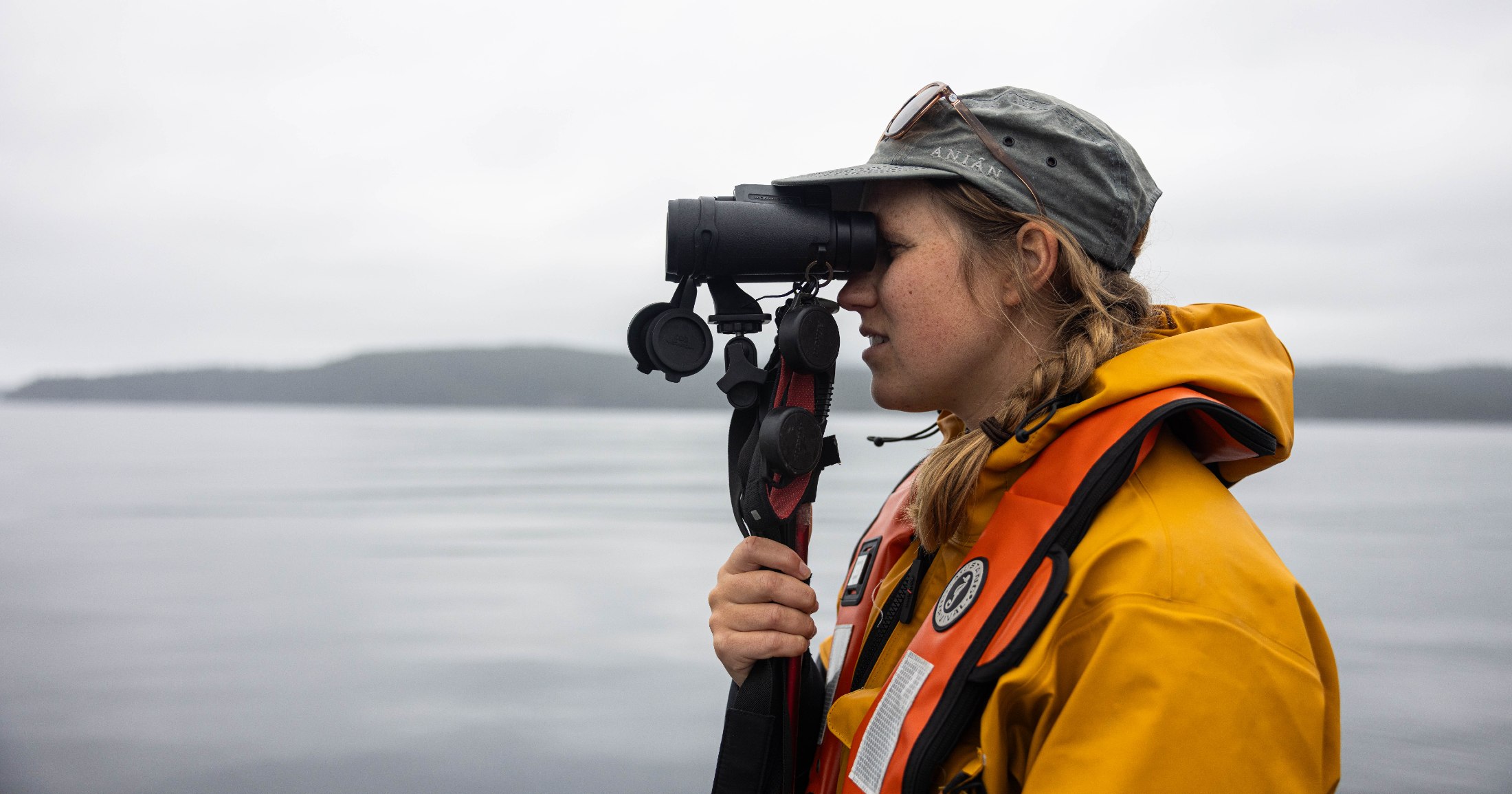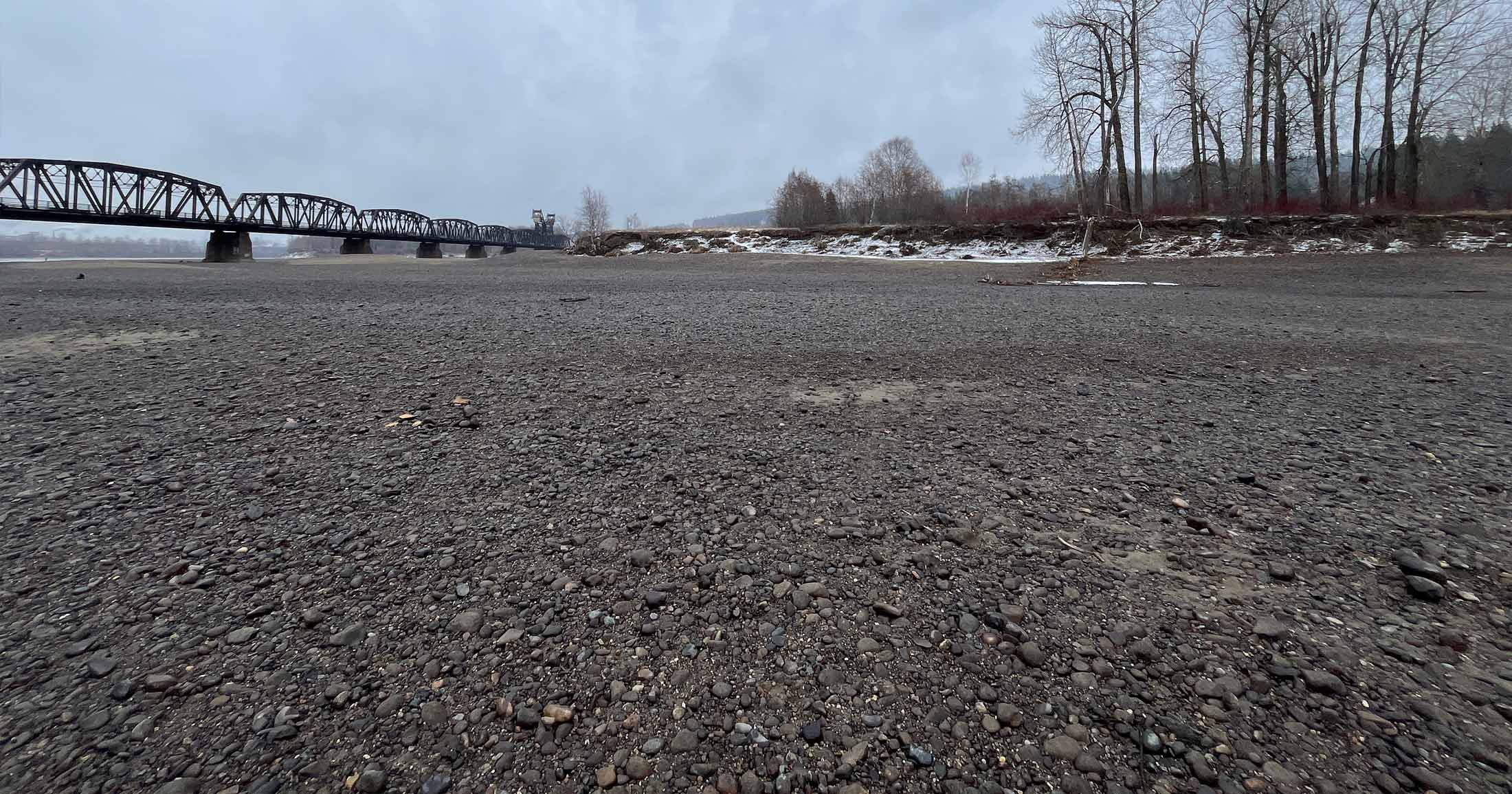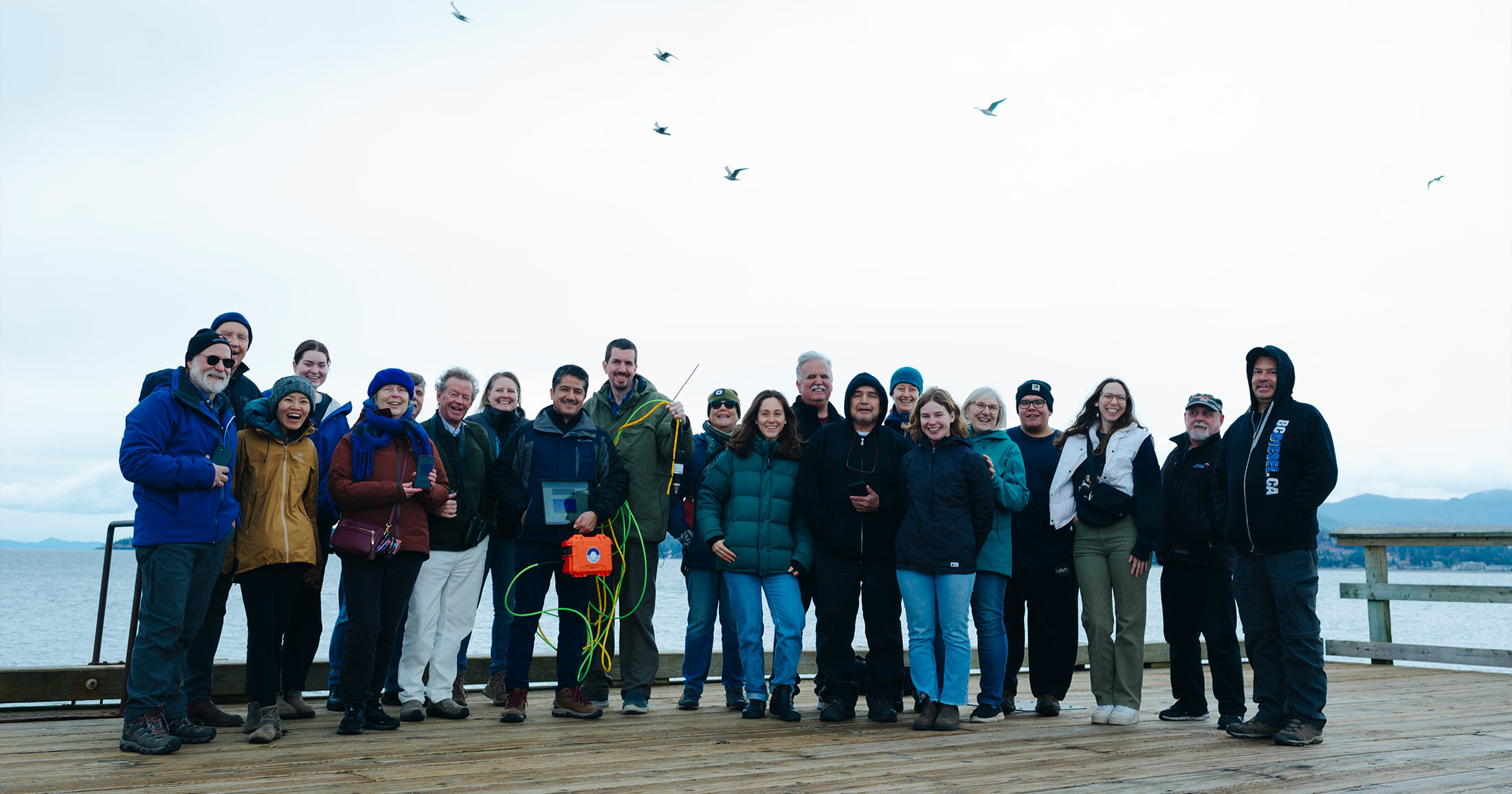Guide government action for Southern Resident killer whale recovery before Feb 19
The federal government is seeking feedback on its 2023 proposed measures to reduce threats and further Southern Resident killer whale recovery.
The federal government is accepting your input, through a survey, for this year’s recovery and threat reduction measures for endangered Southern Resident killer whales. Measures to date have failed to stabilize the Southern Resident killer whale population, which now sits at just 73 individuals.
To make it easy to fill out, we provide suggested answers below, which you are welcome to copy and change as you see fit. The survey takes around ten minutes, but your response could help make a big difference.

Question 1. Which one of these proposed fishing closure options in the Juan de Fuca Strait do you support?
- Option B
Should additional areas be considered, or do you have further comments regarding this option?
- Yes.
- More foraging areas should be considered. The Juan de Fuca closures in Option B need to be expanded southeast of Port Renfrew and West of Sooke to include more SRKW high use feeding areas.
Question 2. Which one of these proposed fishing closures options in Swiftsure Bank do you support?
- Option B
Should additional areas be considered, or do you have further comments regarding this option?
- Yes.
- The expanded closures at Swiftsure Bank, including Area 21-0, are important foraging areas that must be included. Additional considerations should be given to areas north of Swiftsure into Barkley Sound.
Question 3. Which one of these proposed fishing closures options in the Gulf Islands do you support?
- Option B
Should additional areas be considered, or do you have further comments regarding this option?
- Yes.
- The triggered start date is supported, but monitoring for the presence of SRKW should begin in April.
Question 4. The Southern Gulf Island salmon fisheries are triggered to close based on the confirmed presence of Southern Resident killer whales. Which one of these options do you support? Note that these options are for Southern Gulf Island closures only.
- Option B
Question 5. Which one of these proposed fishing closure options near the Mouth of the Fraser River do you support?
- Option B
Should additional areas be considered, or do you have further comments regarding this option?
- Yes.
- Expand the closure to the south and west to capture a higher proportion of SRKW important use areas, including all of area 29-6, and expansion of areas 29-4 and 29-3.
Question 6. Please describe how you expect the area-based fishing closure measures to benefit or impact you or your group/organization economically, environmentally, culturally and/or socially.
- These measures are benefiting me and my community by furthering the recovery of Southern Residents. Their health and presence bring personal, community, cultural, and regional benefits that will last into the future.
Question 7. Were you aware of the Interim Sanctuary Zones in 2022?
- [Answer accordingly]
Question 8. Are there any changes to the Interim Sanctuary Zones that you would like to see in 2023? For example where the zones are located, when they are active, or who is exempt.
- Yes. The start date of sanctuaries should begin May 1st. June is too late in the season to begin threat reduction given SRKWs can be present long before this.
Question 9. Is there anything you would like to stay the same about the Interim Sanctuary Zones in 2023? For example where the zones are located, when they are active, or who is exempt.
- At this time, the boundaries of Interim Sanctuary Zones should remain as is.
Question 10. Is there anything else you would like to share about the Interim Sanctuary Zones?
- Yes. The ‘no go’ nature of the sanctuaries must be enforced. Boundaries are ignored by boaters because they know there are no consequences for violating them, rendering the ISZ ineffective. Boundary enforcement and systematic monitoring are needed to assess ISZ effectiveness and any degree of noise reduction.
Question 11. Were you aware of the Seasonal Slowdown Areas in 2022?
- [Answer accordingly]
Question 12. Are there any changes to the Seasonal Slowdown Areas that you would like to see in 2023? For example where the areas are located, when they are active, or who is exempt.
- Yes. Slow downs need to begin by May 1, consistent with the known presence of SRKW at Swiftsure and Haro Strait. Vessel speed limits, sanctuaries, and corridors at Swiftsure Bank need to be based on scientific analysis of options for reducing exposure in these priority areas.
Question 13. Is there anything you would like to stay the same about the Seasonal Slowdown Areas in 2023? For example where the areas are located, when they are active, or who is exempt.
- Several things should change.
Question 14. Is there anything else you would like to share about the Seasonal Slowdown Areas?
- 10 knot speed limits also need to apply to the ECHO slowdown zones. ECHO slow downs need to be regulatory, not just voluntary, and implemented with the IMO. Consideration of larger slowdown regions within critical habitat should also be undertaken.
Question 15. Do you think that the current 400m vessel approach distance for killer whales should be increased in 2023?
- The 400m vessel approach distance is not in alignment with the best available science which shows the effects of vessel noise and disturbance within 1000m. Increasing the buffer to 1000m for all killer whales is necessary to reduce foraging impacts.
Question 16. Should the vessel approach distance for killer whales other than Southern Residents apply to all recreational vessels and commercial whale watching and ecotourism vessels/operators?
- Yes.
Question 17. Should there be a prohibition on viewing Southern Resident killer whales for all recreational vessels and commercial whale watch and ecotourism companies?
- Yes.
Question 18. Is there anything else you would like to share about the Approach Distance and its application in 2023? For example when it is in effect, geographic boundaries or exemptions.
- Yes. In light of increasing the general ‘avoid’ distance to 1000m, companies that have signed the SWWA should be allowed to view Biggs killer whales to 400m.
Question 19. Please describe how you expect the area-based fishing closure measures to benefit or impact you or your group/organization economically, environmentally, culturally and/or socially.
- [Please answer in your own words. It could include:] It will benefit the whales, and their improved health and recovery has economic, environmental, cultural, and social benefits.
Question 20. Is there anything you would recommend to improve this option with respect to their design and/or implementation?
- Yes.
- SRKWs are a prey-limited population. Recreational fishing closures through the Salish Sea respond to problems of immediate competition for prey, vessel noise, and vessel disturbance. They do not address larger issues of prey management such as the number of Chinook caught before reaching critical habitat.
Question 21. Have the measures put in place to address key threats to Southern Resident killer whales, benefited you or your group/organization economically, environmentally, culturally and/or socially?
- Yes.
Question 22. Have the measures put in place to address key threats to Southern Resident killer whales, negatively impacted you or your group/organization economically, environmentally, culturally and/or socially?
- No.
Question 23. Do you or your organization have other ideas that could be explored to help increase awareness about the protection measures for Southern Resident killer whales. For example outreach strategies or new products.
- Yes.
- [Please answer in your own words. It could include:] More signage is needed at marinas, especially those in the Gulf Islands and Port Renfrew that are closer to the sanctuary zones. Signage is also needed at Canadian Customs at Bedwell Harbour on Pender Island.
Question 24. How can we improve education and outreach efforts on the management measures to support increased awareness and compliance (e.g., events, groups, or regions to target)? Please describe and provide examples where possible.
- There needs to be better apps that identify the presence of ISZs. There needs to be consequences for violators of ISZs.
Question 25. Is there anything further you would like to add or comment on? Please let us know.
- Important steps have been taken to reduce threats to SRKW since 2019. However, these actions have not improved birth rates, improved survival or decreased mortality, and poor body condition persists. The destruction of Critical Habitat is an ongoing issue in the Salish Sea as vessel traffic, noise, and disturbance increase. Addressing the abundance of Chinook prey reaching critical habitat is still an outstanding issue, as are pollutants entering the Salish Sea.
Support our mobile lab, Tracker!
Our new mobile lab will enable the Healthy Waters Program to deliver capacity, learning, and training to watershed-based communities. We need your support to convert the vehicle and equip it with lab instrumentation. This will allow us to deliver insight into pollutants of concern in local watersheds, and contribute to solution-oriented practices that protect and restore fish habitat.

